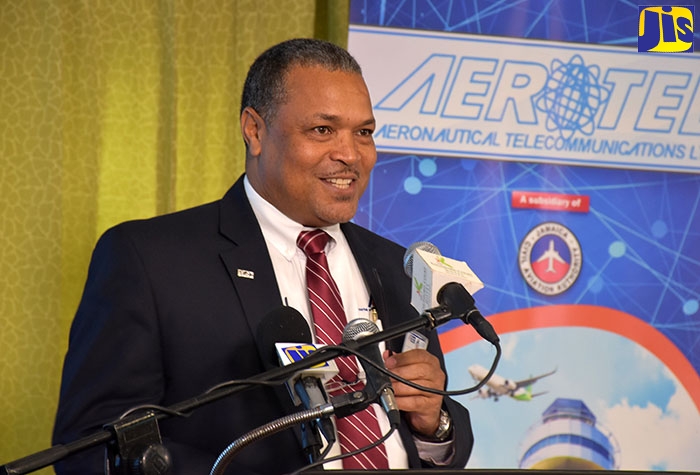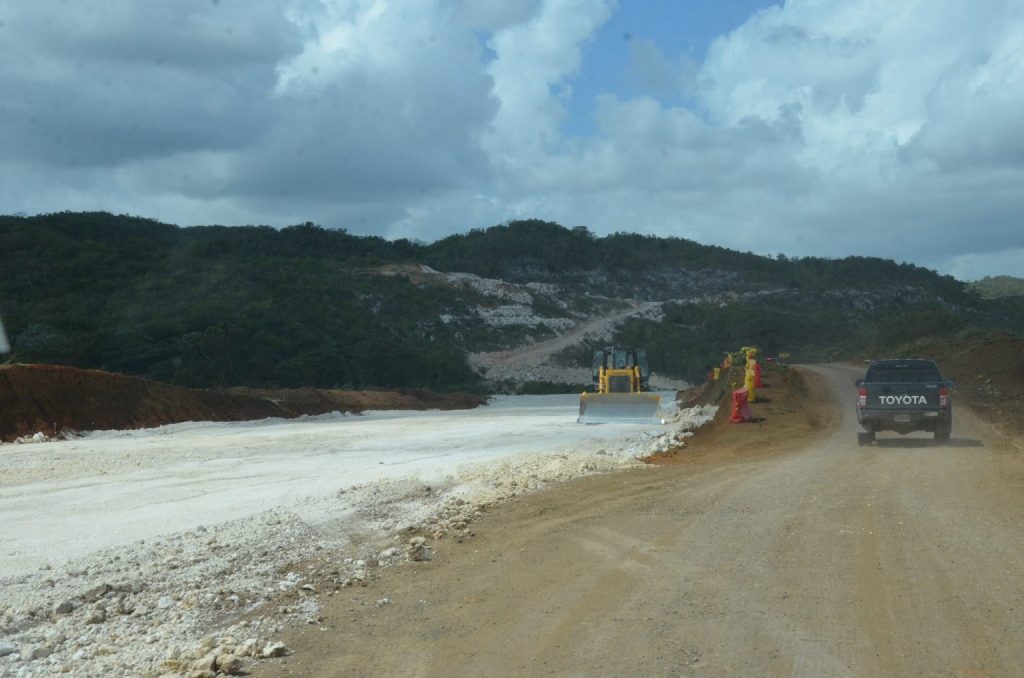
Mailpac considers new freight solution
Mailpac is looking at long-term solutions to freight lifting problems, as expenses increased in 2020 due to challenges in this area, the company’s executive chairman Khary Robinson has said. The company, nevertheless made record revenues of $1.7 billion at year-end December 2020 and a net profit of $442.72 million. This compares to three months net profit of $86.28 million in 2019 the period when operations of a restructured company began. Profit, it was noted, was 39.6 per cent ahead of IPO projections. The company’s IPO prospectus in December 2019 projected profits of $317.0 million in 2020. Robinson said that due to the significant spike in package volume, gross profit was adversely impacted by massive spending on charter flights and other freight solutions to offset the lack of capacity at traditional airlift channels. Consequently, he said, Mailpac is finalising solutions to ensure that any extraordinary costs and constraints in airlift capacity are mitigated in the future. Operating expenses for the quarter were $110.1 million coming in 25.9 per cent higher than the prior-year comparative quarter as Mailpac had to significantly expand its operating infrastructure to support the new volume levels, Robinson outlined. Mailpac Group was created in 2019, consolidating the operations of Mailpac Services and Mailpac Local. The group consists of Mailpac Services, formerly MailPac Express which offers e-commerce fulfilment services from the US to Jamaica and MailPac Marketplace for cross-border online shopping with local landed prices. It also includes Mailpac Local which facilitates local online shopping and delivery from local retailers; Mailpac Financial Services for online shopping financing; Mailpac Card, a branded MasterCard for shopping online and Mailpac Ocean Freight for sea freight shipping and brokerage services. Robinson said 2020 amplified the shift towards online shopping and Mailpac as its local conduit. “The pandemic, though adverse in its overall impact on our country, has brought greater awareness to the value of online shopping with the convenience, cost savings and variety of choices being superior to other traditional shopping options,” Robinson said. The executive chairman believes the pandemic has created a shift in the way Jamaicans will shop in the future and Mailpac is well-positioned to continue growing by efficiently serving this evolution of the consumer market. Revenues for Mailpac for Q4 2020 were $512.1 million, which is 41.5 per cent higher than the $361.7 million achieved in the same quarter of the previous year. Gross profit for the quarter was $231.9 million, which represents an18.1 per cent increase over the previous year. For the year under review, revenue was $1.7 billion with a gross profit of $816.2 million. Expenses included $20 million in rewards and gifts to customers during a “Bring Back the Joy” marketing campaign. Net income for Q4 2020 came in at $103.8 million, 20.2 per cent higher than the same quarter of the previous year. Robinson said, “We are encouraged by the performance of the company in its fourth quarter as Mailpac has cemented its position as an integral provider to Jamaica’s evolving consumer market.” He added: “More importantly, Mailpac now has the appropriate infrastructure and resources to manage significantly more volume without incurring any additional costs or extraordinary capital expenditure.” Total company assets at the end of the quarter stood at $651.3 million, with $291.8 million of cash on the balance sheet at the end of the period. Shareholder’s equity stood at $571.4 million at the end of Q4 2020.






